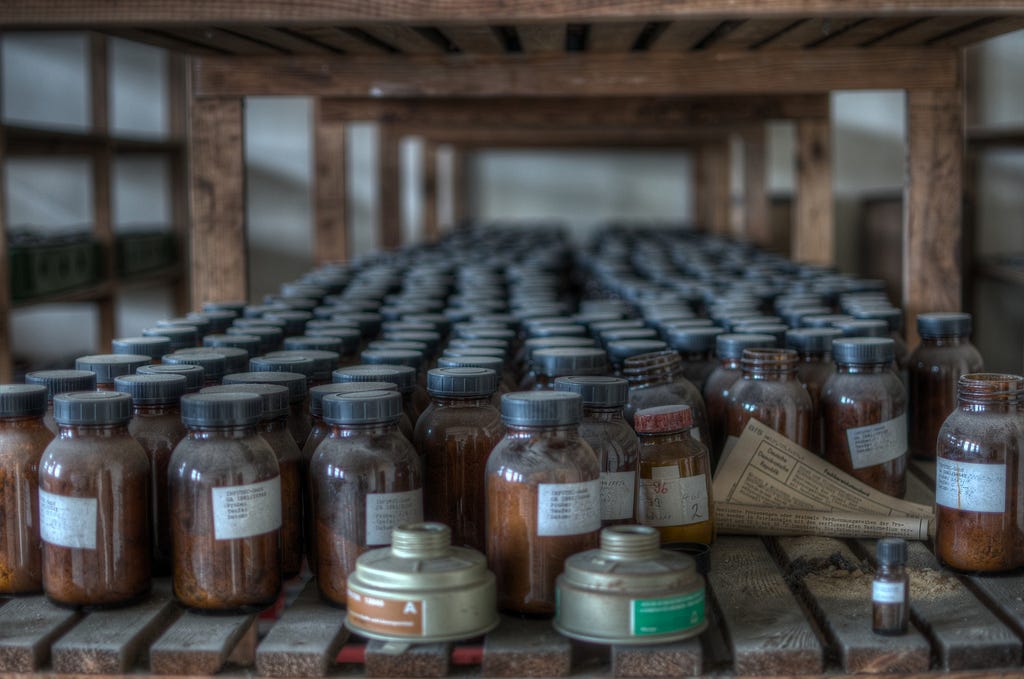
The cosmetic industry often tries out weird and dangerous ingredients. From using Arsenic in powders to Lead in foundations in the past, to Talc and other toxins today. Here is Think Dirty’s list of ingredients that you should avoid in your cosmetic products.
Parabens (methyl- & propyl-, butyl-, ethyl-) (Rated 8)
Parabens are a family of man-made chemicals that are usually used as preservatives. They are also one of the most common ingredients in the cosmetic industry. Because they are so popular, you find them not only in our bodies, but also in the air and dust, and in aquatic organisms.
Health hazards of parabens include damage to the stomach, spleen and thyroid, and they can have potential developmental and/or reproductive impacts. Since it is an evolving topic, Health Canada and the CDC are monitoring and reviewing.
Formaldehyde & Formaldehyde Releasing Chemicals (Rated 8)
Formaldehyde and Formaldehyde-releasing Agents such as DMDM Hydantoin, Imidazolidinyl Urea, and Diazolidinyl Urea are generally used as a preservative, but are also in nail hardeners. They are also in many household products such as cleaning supplies and detergents. These ingredients and chemicals are also a natural byproduct of forest fires and human activities (such as smoking tobacco).
Known to increase skin sensitivity, Formaldehyde’s side effects include itchiness, skin redness, and irritation. It is also known to trigger aging in cells, and long term exposure can lead to certain kinds of cancer and asthmas.
As of today, Health Canada regulates that certain types of products can use formaldehyde/formaldehyde releasing-agents.
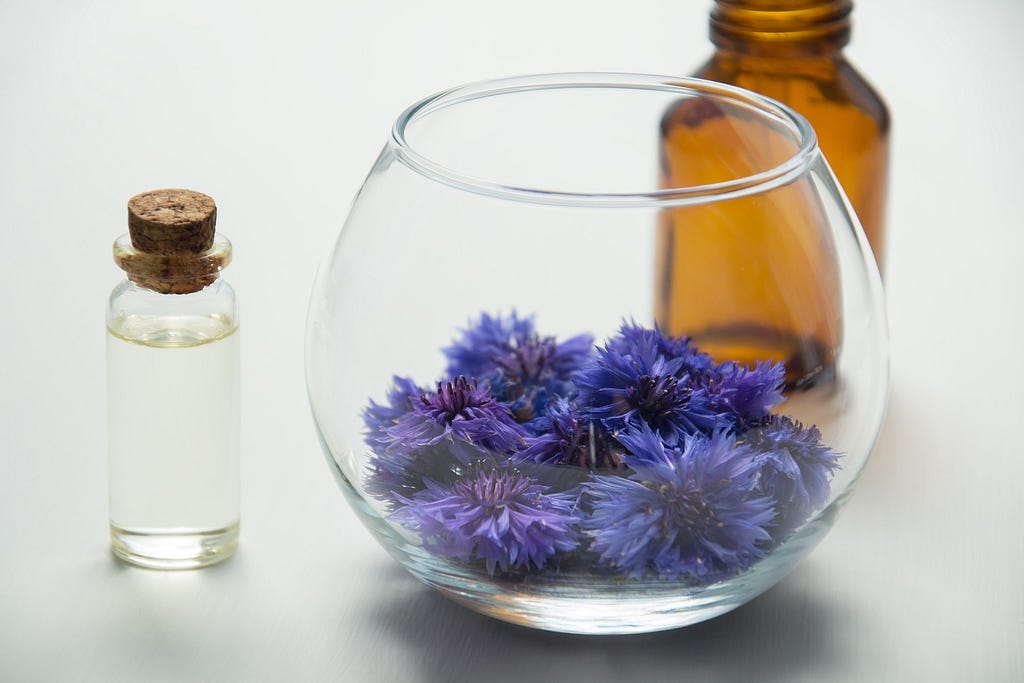
Parfum/Fragrances (Artificial/Natural) (Rated 8)
Fragrances (both synthetic and natural) have been an interesting debate recently. Found everywhere, they are a mixture of chemicals that can have negative effects at higher concentrations. Such chemicals are phthalates, parabens, phenols, hydroperoxides, turpentines, and so much more.
Fragrances are considered a “slow poison”. Products that contain fragrances usually are below 0.5–1% in concentrations (apart from perfumes). This means that the chances of one product harming you is very small. Yet, when all products contain that 0.5–1% of fragrance, the amount of exposure is more than doubled. Keep in mind that these exposures happen over a long period of time, leading to longer exposure times. While it may not create problems, the chances of long lasting effects remains a concern.
Phthalates (Rated 9–10)
Phthalates are synthetic ingredients used as film-forming agents and solvents. They are often found in hair sprays, perfumes, deodorants, and nail polishes. There is two kinds of classifications of phthalates:
- Non-toxic (examples are di-isononyl phthalate (DINP), di-isodecyl phthalate (DIDP)
- Toxic (examples are diethyl phthalate (DEP), dibutyl phthalate (DBP), benzyl-butyl phthalate (BBP), diethylhexyl phthalate (DEHP)/dioctyl phthalate (DOP)
The toxic phthalates have known detrimental effects on the human body. In regards to regulations, Canada has only forbidden DEHP from consumer products.
TALC (Rated 8)
TALC is a natural mineral mined from the Earth. It is common in any cosmetic products with blurring, anti-caking, and mattifying claims. It is also found in powder products intended for use on infants and children.
TALC is a risk for ovarian cancer (albeit weak relations) when used in the genitalia area. Another major problem is the build-up in the lungs through inhalation. This can lead to lung inflammation and irritation. Currently, there are discussions in both Canada and the European Union on whether it should be more regulated.
Other areas of concern when using TALC is the possible presence of Asbestos. Asbestos is a similar mineral to TALC, but it is carcinogenic when inhaled. Usually found near the mining sites, this leaves room for doubt on whether Asbestos makes its way into TALC powder. Unregulated by the FDA, there has been a proposition of new regulations for sampling TALC-containing products to ensure no Asbestos is found.
Triclosan (Rated 8)
Triclosan is an ingredient often used to prevent or reduce bacterial contamination. It is common in toothpaste as a way to treat gingivitis. Some toxic effects include: carcinogenic effects, accumulation and toxicity in aquatic organisms, and disruption to the thyroid gland.
Canada restricts Triclosan to only mouthwashes and other cosmetics as a preservative. The FDA has banned Triclosan from hand hygiene products, but it can still be found in toothpastes and other cosmetic ingredients.
Oxybenzone/Benzophenone-3 (Rated 8)
Oxybenzone (also known as Benzophenone-3) is an organic (meaning absorbent/chemical) sunscreen ingredient. As of 2003, it is estimated that roughly 96% of Americans had some exposure to oxybenzone in their lifetime. Its known toxic effects include potential contact allergen, hormone disruption, and toxicity to aquatic organisms. It is also potentially linked to coral bleaching.
While not outright banned, countries have regulated its concentration in sunscreens to a maximum of 6%.
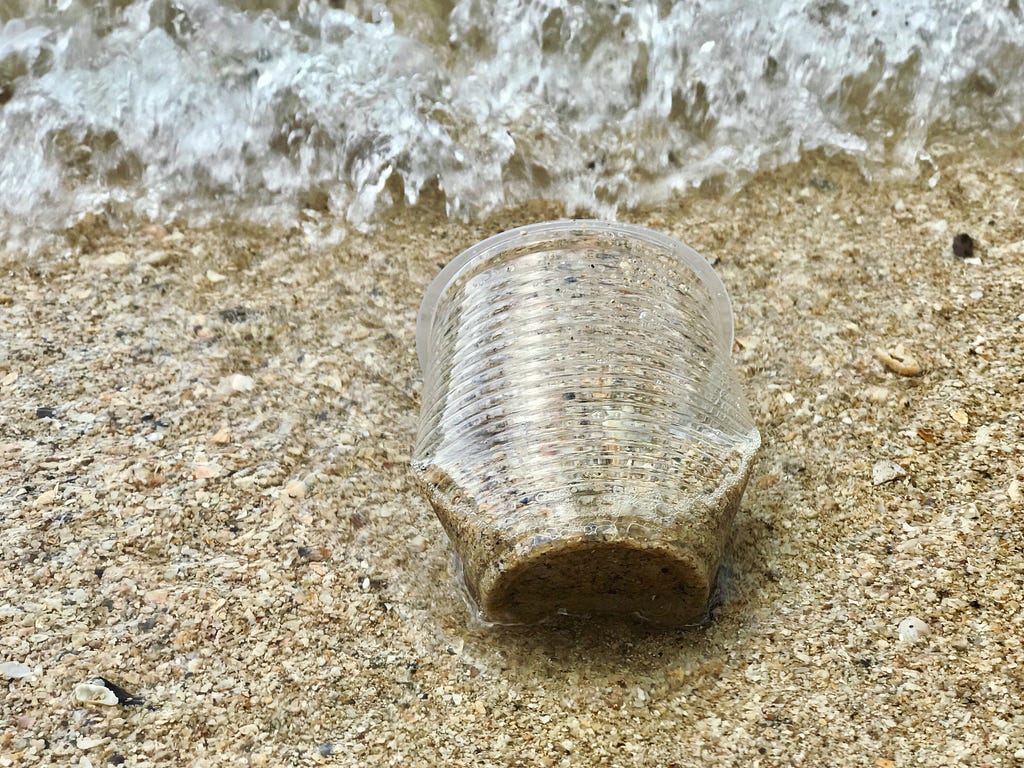
Per- and poly-fluoroalkyl substances (PFAS) (Rated 10)
PFAS are a group of over 4,700 man-made chemicals that can be found in household products, and on occasion as a surfactant in cosmetics. While rarely in makeup and skincare, we are still often exposed, hence why it makes our Icky Ingredient list.
PFAS have a long list of toxic effects: they are a known carcinogen; have toxic effects on pregnant women and babies; cause increased cholesterol levels; and thyroid hormone disruption.
While they have been phased out of the industry, it is still important to be aware. They persist in the environment, and can accumulate in the body with long term exposure.
Coal Tar and Coal Tar Dyes (crude & refined) (Rated 8)
Coal Tar is added to shampoos and hair treatment products for conditions such as psoriasis, dermatitis, and dandruff. They are being phased out of the industry since being banned in most countries due to their carcinogenic properties. In Canada, they can only be used as a hair dye with specific warning labels, while in the USA, they can be found in OTC products.
The name Coal Tar Dyes originates from the fact that synthetic dyes were made as a byproduct of coal processing. Nowadays, most of the industry does not use this process, but rather create their synthetic dyes from petroleum. These dyes and pigments are regulated in most countries, specifically with the amount and type of usage.
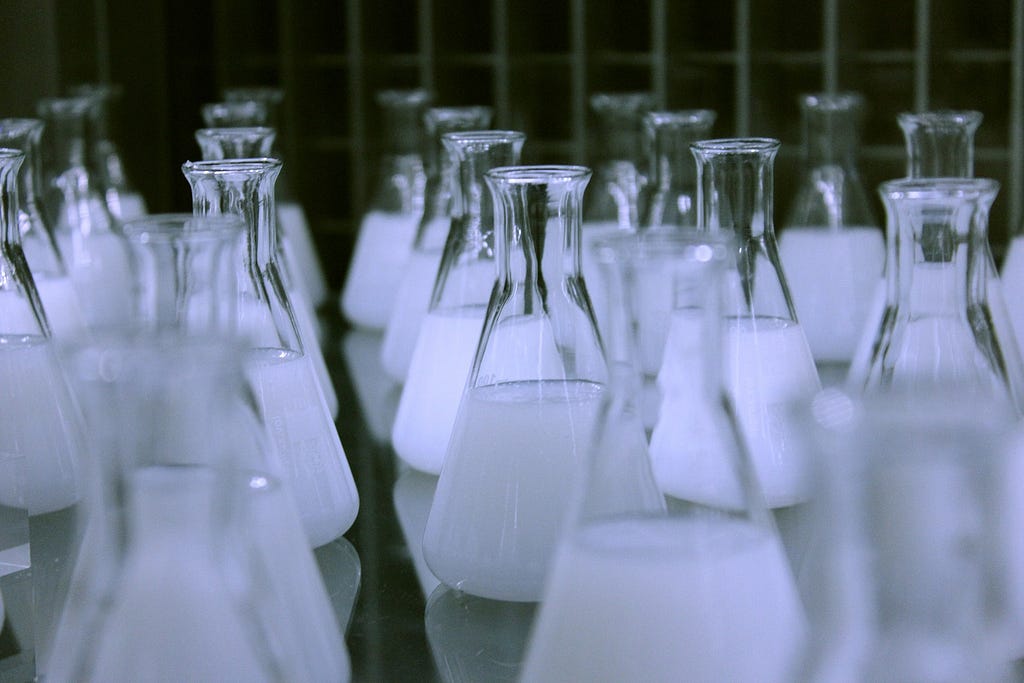
Hydroquinone (Rated 8)
Hydroquinone is an ingredient used as a skin lightening agent and antioxidant. It is a known carcinogen, and can have adverse effects on our blood system and aquatic organisms. Toxicity and exposure to Hydroquinone usually occurs through dietary, occupational, and environmental sources. As a regulated ingredient in Canada, it can only be used in certain products. It is banned in all OTC drugs by the FDA, and is a prescription-only ingredient in the European Union.
Synthetic phenolic antioxidant compounds (SPAs) or BHA (Rated 5) & BHT (Rated 4)
Synthetic Phenolic Antioxidants (SPAs) are often found as Butylated Hydroxytoluene (BHT) and Butylated Hydroxyanisole (BHA). Generally used as antioxidants and preservatives, toxicity studies suggest that they cause damage to the liver and the hormone system, and could be a carcinogen.
Although rated as a 4 or 5 in our system meaning they may have moderate health effects, this ingredient makes our list due to its connection with Salicylic Acid. Often categorized as a BHA though not a “true” BHA, it is an anti-acne agent. Studies have shown Salicylic Acid to have toxic effects (dubbed salicylism) at usages as low as 6% when applied to over 40% of the body.
PEGs (Rated 0–5)
Recently, we posted an article going over the pros and cons of PEGs (and subsequently, PPGs). To give you a quick TL;DR, this group of ingredients is in most cosmetics products, specifically any emulsion. Its rating varies in our system due to the multitude of combinations that exist in the industry.
The reason for why they are on our list is because of how they are made. Produced from petroleum, they can contain toxic byproducts (ethylene glycol and 1,4-dioxane) that are carcinogens. They also can contain traces of heavy metals and are a potential allergen on the rise.
For a more detailed analysis, see our article breaking down PEGs.
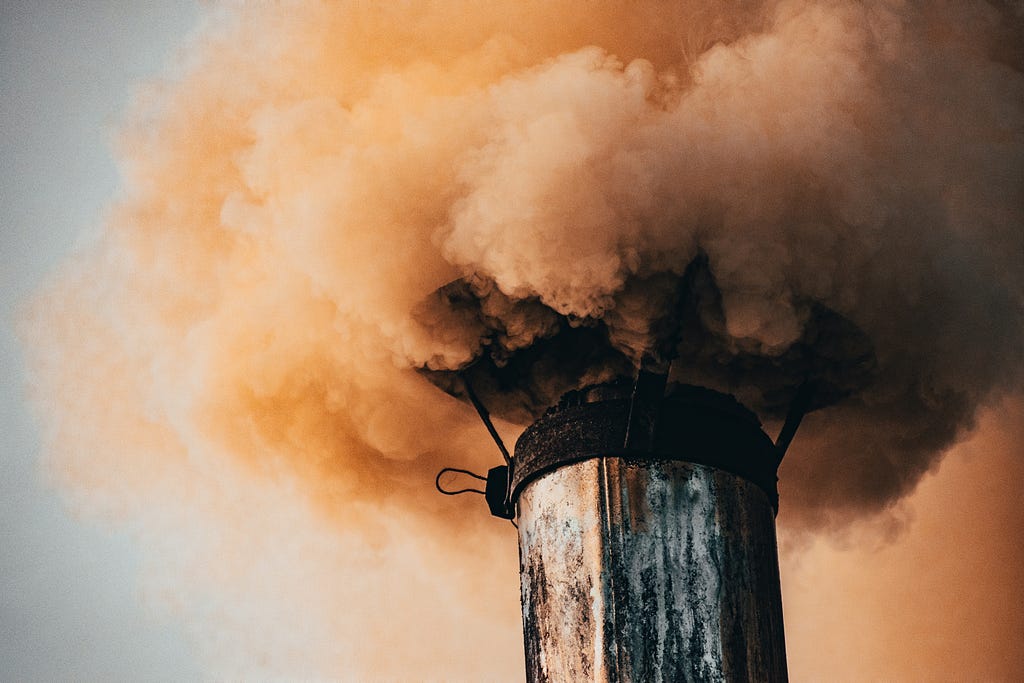
What Do I Do With This List?
We hope that this tidbit of information has helped you learn a bit more about some icky ingredients. We would like to point out that this list is definitely not exhaustive. As we continue to develop and use new ingredients in the market, new toxic or adverse effects may start to appear. As a clean consumer, your best bet is to always research your cosmetics and to educate yourself on what ingredients go into your products. Be sure to download the Think Dirty App (available on Google Play and iOS) to search up your products!
Disclosure: We are a professional review and product rating website and mobile app that receives compensation from the companies whose products we review and rate. We are independently owned and the opinions expressed here are our own interpretation of a trusted source.
The Lowdown on Icky Ingredients: What to Avoid and Why was originally published in Think Dirty on Medium, where people are continuing the conversation by highlighting and responding to this story.